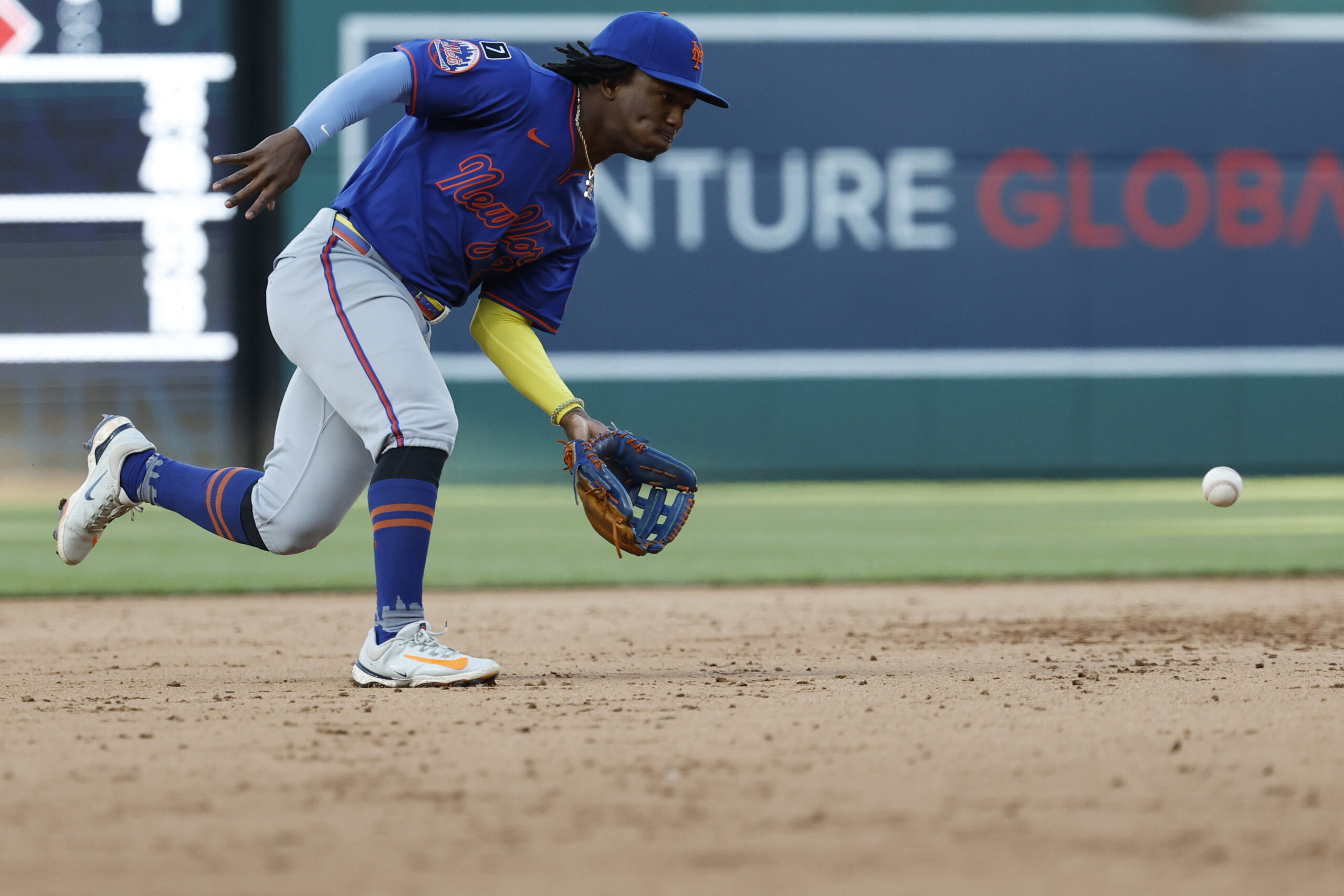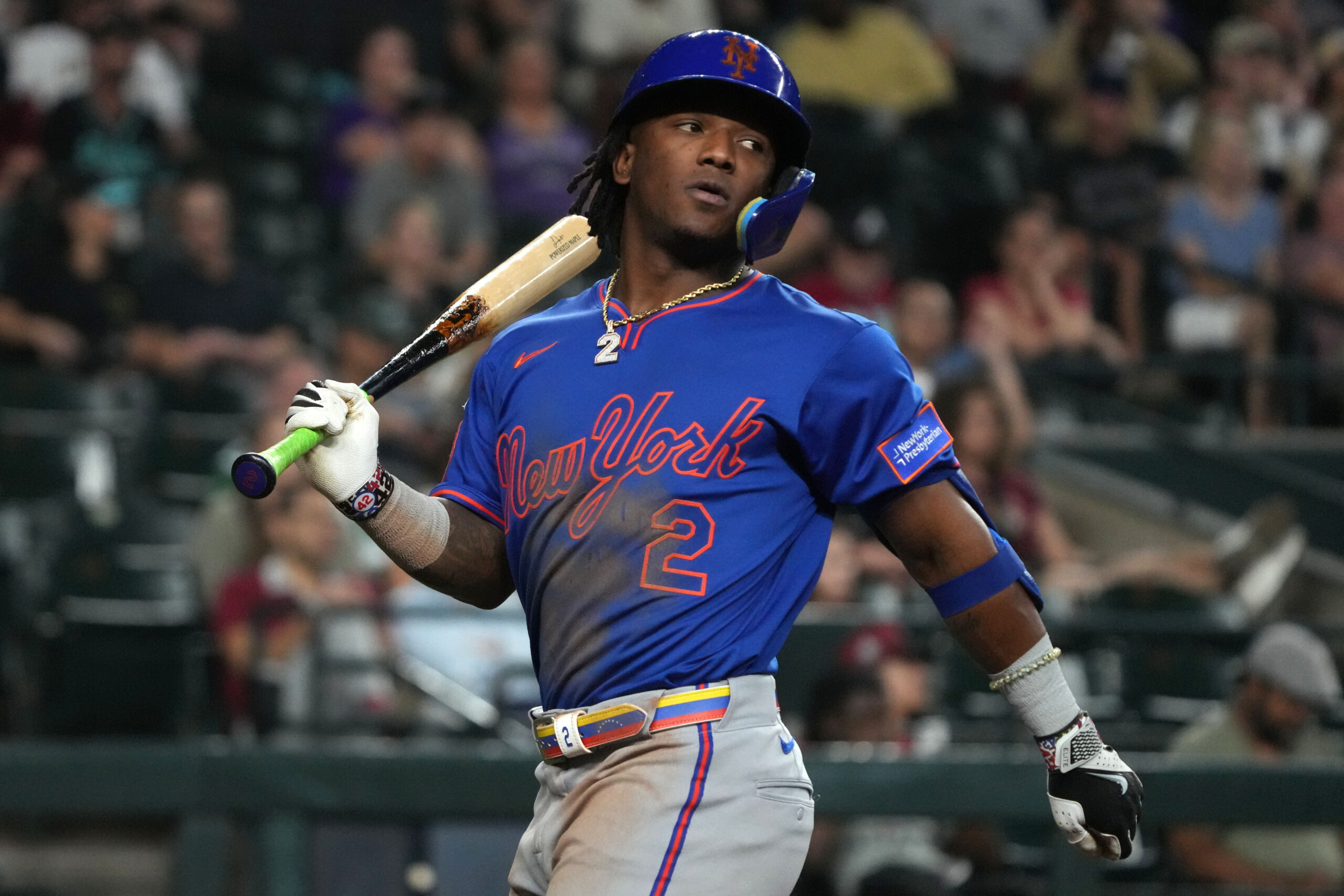
The New York Mets have tapped into the energy of their youth movement, and Luisangel Acuña is one of its standout faces.
He brings speed, defensive finesse, and nonstop intensity—but there’s still one key element missing that’s keeping him from being a consistent everyday contributor.
A promising start, but power is noticeably absent
Acuña is posting a .271/.331/.327 slash line through 38 games, demonstrating excellent contact ability and impressive speed.

He’s stolen 10 bases, crossed the plate 16 times, and brings a high-energy style that lifts the entire lineup.
However, his lack of power stands out.
Even with a respectable batting average, his 91 wRC+ indicates he’s performing 9% below the league average offensively.
It’s tough to be a consistent run producer when your slugging percentage is under .330 and you haven’t hit a home run all season.
His approach is solid—but the contact lacks juice
To his credit, Acuña has a relatively low strikeout rate at 20.3% and draws walks at a decent 7.6% clip.
That’s a solid starting point.

The problem lies in the quality of his contact. When he puts the ball in play, it lacks impact—he’s in only the 4th percentile for barrel rate and the 27th percentile for average exit velocity.
Those numbers are among the league’s lowest, making it difficult for him to consistently hit balls into the gaps or over the fence.
Blazing speed keeps him valuable
Luckily, what Acuña lacks in power, he makes up for with blazing speed.
He sits in the 97th percentile for sprint speed and causes constant problems for opposing defenses on the base paths. His 10 stolen bases have played a key role in creating runs during close games.
Even without hitting home runs, Acuña turns singles into doubles and can score from first on a deep hit.
That disruptive speed is a difference-maker—and it’s a big reason he continues to earn regular starts in the Mets’ lineup.
Defensive versatility adds to his appeal
Acuña has played multiple positions this season—second base, shortstop, third base, and even some outfield.

He’s spent the most time at second base, where he’s been steady, posting a .991 fielding percentage, one defensive run saved, and one out above average over 244.1 innings.
His versatility provides the Mets with flexibility, especially as they move players like Jeff McNeil and Brett Baty around the diamond.
Will he develop enough power to stick?
With McNeil back in the lineup and Baty swinging a hot bat, playing time isn’t a given.
Acuña brings speed, defense, and strong contact skills to the table—but adding some power could elevate his potential considerably.
He’s got the tools and the chance. Now it’s up to him to show the Mets he can take the next step.



Be the first to comment